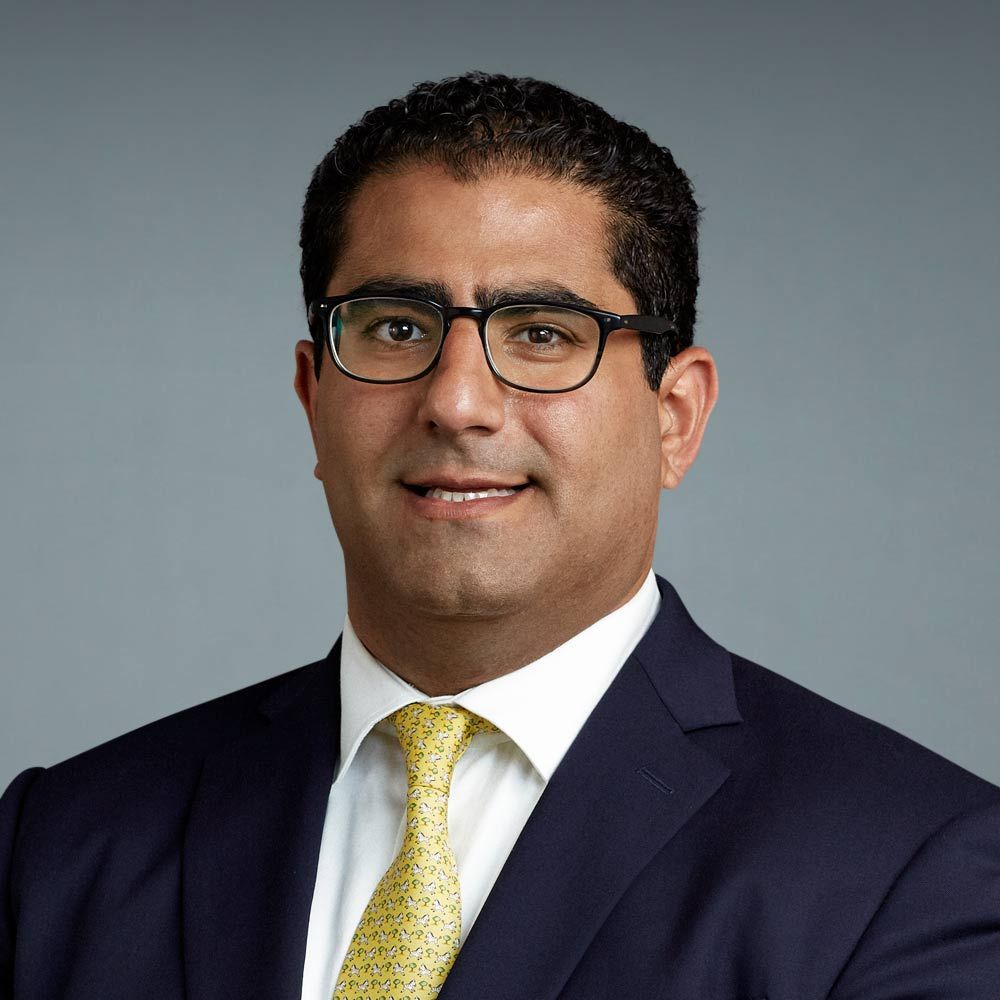Publication
Article
CURE, Canadian Edition
A Brighter Future for Blood Cancers
Author(s):
Toronto’s Jeff Lipton, PhD, MD, FRCPC, shares his thoughts on the outlook for blood cancers.
TWENTY-FIVE YEARS AGO, when Jeff Lipton, PhD, MD, FRCPC, sat down to talk with a patient about their blood cancer diagnosis, there wasn’t much to say. With few options outside of chemotherapy and stem cell transplants, many patients faced gruelling treatments with little reassurance of a good outcome. Today, because of improved diagnostic tools and innovative medicines, many people with blood cancer now have therapy choices that are rewriting their future.
Lipton, who specializes in chronic myeloid leukemia (CML) and stem cell transplantation at the Princess Margaret Cancer Centre in Toronto, sat down with CURE® to discuss the current blood cancer landscape in Canada.
CURE®: What is one of the most exciting developments in blood cancer in the past 20 years?
Lipton: The work that has been done in CML has been really interesting. Not too long ago, most patients with CML faced a transplant to survive. We lost many people back then. The development of a tyrosine kinase inhibitor called Gleevec (imatinib) changed all of that. We were able to start telling patients (with the disease) that they could expect to live close to a normal life expectancy. I often tell my patients that CML is not going to be what kills them.
Also in CML, we have found that some patients who meet certain criteria can stop their medication safely. Treatmentfree remission is now part of the initial conversation that I have with newly diagnosed patients. So instead of telling them that they will be taking a daily medication for the rest of their lives, I now tell them that there is a possibility that they can stop their drug in the future.
Where do developments stand in other blood cancers?
The discussions with patients are becoming much more positive in many blood cancers. Diagnostic tools for molecular mutations are potentially changing the outlooks for the better in diseases like acute myeloid leukemia, myelodysplastic syndromes and myeloproliferative disorders. However, the downside is that these tools are not available as standard in every province. In acute lymphoblastic leukemia, we are finding that the treatment used for children is actually effective until 30 or 35 years old, not 18 years old as we once thought, and some new therapies are salvaging patients who were once thought doomed. Targeted and rationally designed chemotherapy has made a huge difference in survival for people with chronic lymphocytic leukemia and myeloma.
If you could change one thing about being a researcher in today’s blood cancer space, what would you change?
If I had one wish, I would want to see Canada on par with the United States. First, it would be great if Health Canada approved therapies at the same time as the U.S. Food and Drug Administration did and we could move forward together. In terms of research, Canada is considered small and because of this we are perceived as not having much of an impact. But what is often overlooked is that although Canada measures about 10 per cent of the U.S. population, we often supply 20 per cent or more of the patients when we participate in these studies. That’s really important. We are participating but, unfortunately, we are not initiating as often as we could be.
So size makes a difference when it comes to getting the dollars needed for research?
From the perspective of the pharmaceutical industry that funds research and seeks approval for the use of new drugs, the list of eligible trial sites often starts with the U.S., Europe and then Japan. There is testing happening in the U.S. that (Canada) can’t even think about getting started here. It’s frustrating to not be a part of these developments, both as a clinician and for patients.
Predict what the Canadian blood cancer landscape will look like in 25 years.
The most exciting thing that is happening now is we are gaining a solid understanding of biology and if you understand biology, you can pick your target. I also expect that treatments will be very expensive. Take colon cancer, for example, which has a lot of mutations. Imagine trying to target all of these mutations. Or chimeric antigen receptor therapy, more commonly called CAR-T cell therapy. You could be looking at treatments that cost so much that given the number of potential patients, effective treatments could be out of reach for the average person if the public system cannot afford them.
Jeff Lipton, PhD, MD, FRCPC, is a medical oncologist at the Princess Margaret Cancer Centre in Toronto. He is also the recipient of the 2018 Brian Druker Award for Extraordinary Care in CML.





